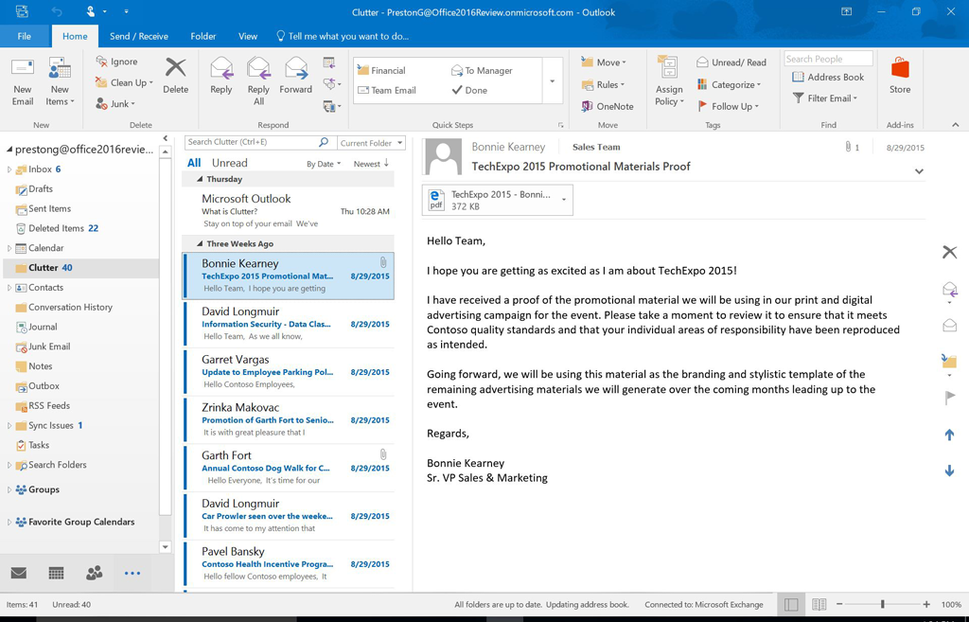


Read the TechNet article Configure a Registry Item to learn more about editing the registry using a GPO. Note: You can perform this action in bulk via a Group Policy Object (GPO) or by deploying a.
Close the Registry Editor and restart Outlook. Select ExcludeHttpRedirect and change the value from 1 to 0. Note: In this registry path, x.0 corresponds to the version of Outlook being used. Open the Registry Editor and navigate to the following registry key: HKEY_CURRENT_USER\Software\Microsoft\Office\x.0\Outlook\AutoDiscover\. On the computer experiencing the problem, follow these steps to resolve the issue: This issue affects the Outlook 2010, 2013, and 2016 email clients. To resolve this issue, configure the user's mailbox database to use the same public folder database as the discovery mailbox:Īssign a public folder discovery mailbox to the user's mailbox by using the Set-Mailbox cmdlet, as follows: Set-Mailbox -DefaultPublicFolderMailbox Īssign the public folder database for the user's mailbox database by using the Set-MailboxDatabase cmdlet, as follows: Set-MailboxDatabase (Get-Mailbox ).Database -PublicFolderDatabase (Get-MailboxDatabase (Get-Mailbox ).Database).Users are unable to access Public Folders, Online Archives or Shared Mailbox does not automap in Outlook after configuring Outlook profile with DeploymentPro. This issue occurs if the mailbox database that hosts the user's mailbox is configured for a public folder database that differs from the public folder discovery mailbox database. In this scenario, users who have an Exchange 2013-based or Exchange 2016-based mailbox can't access public folders by using Microsoft Outlook. There are multiple Exchange 2010 public folder databases. Access to the legacy public folders has been configured according to the guidelines in Configure legacy public folders where user mailboxes are on Exchange 2013 servers. Public folders are hosted on the Exchange 2010 servers. 
In your Microsoft Exchange environment, Exchange Server 2010 coexists with either Exchange Server 2013 or Exchange Server 2016.







 0 kommentar(er)
0 kommentar(er)
